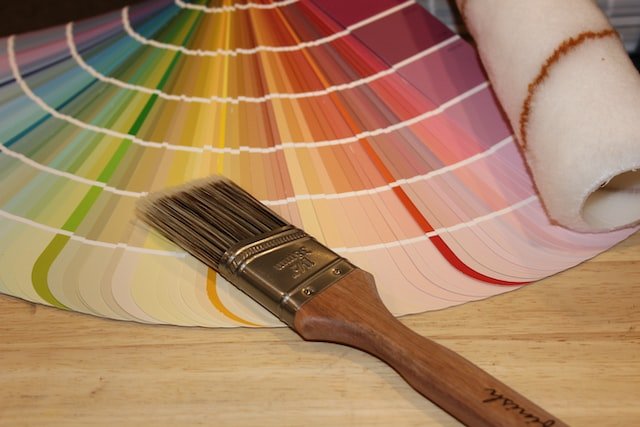Choosing paint colors for your entire house can be a difficult task. There are a few things to consider before you make the decision. You will want to remember the colors you love and the colors that will complement the decor in your home. You will also need to consider the lighting in your home and the colors of fabrics you are planning to use in your set.
Hue
Choosing paint colors for your entire house is a difficult task and it may be best left to professionals like those at Crash of Rhinos Painting. With limitless choices, it’s easy to get overwhelmed. You can, however, take steps to make the procedure simpler. You can choose a paint color that will go well with your home by noting your color scheme, keeping critical factors in mind, and asking questions.
Along with choosing a color palette, consider the furnishings and accents you already have. It would be beneficial if you picked a color that goes well with your home’s wood paneling. For example, selecting an icy cool shade may not be suitable if your home has a rich chocolate trim. Instead, consider a more neutral color.
Another tip from color experts is to evaluate your paint color in different parts of the room. You can do this by placing small samples on the walls of the space you are considering painting.
Undertones
Choosing paint colors for your entire house involves a lot of different factors. Undertones are one of the most important aspects to consider. Paint colors have undertones that will make the color appear cool or warm. Taking the time to understand the undertones of paint colors before choosing them will save you from making a mistake later.
Paint color undertones can be determined by comparing paint colors on a paint chip or by comparing paint colors in your home. Undertones can range from green to purple and from pink to yellow. Testing paint samples in your house are the most effective technique to ascertain their undertones.
Paint color undertones are also affected by lighting. Cool, blueish lighting will bring out cool undertones in other paint colors. When painting a mainly neutral room, it is essential to consider undertones before choosing paint colors.
Lighting
Choosing paint colors for your entire house can take time and effort. But it is a great way to define your interiors and create focal points in featureless rooms. The key is to choose a color that evokes a specific mood.
First, determine the purpose of the room. This can be entertaining, relaxing, or working. Next, consider the color of the flooring, wood paneling, or furniture. Then, decide how the paint color will interact with these elements.
Next, think about lighting in the room. Natural lighting can influence the color, while artificial light can make the color look washed out.
Finally, try out different colors on walls and in other lighting conditions. You may only know how the color will look on your wall once you start painting.
Fabric patterns
Whether you are decorating your home, office, or store, it is essential to know how to choose paint colors for fabric patterns. Patterns add interest and personality to your space but can also be challenging to decide. By learning how to mix prints, you will be able to create a beautiful, unique look for your home.
When choosing paint colors for fabric patterns, it is essential to balance your shapes. The best way to do this is to select a pattern that contains two or more of your favorite colors. You can choose a design that is small and simple, or you can choose one that is a bit more complex. This will help the colors in your pattern play well together.
Existing decor
It might be challenging to choose paint colors for your house. The task is even more complex because you’re dealing with a limited palette. Luckily, a well-thought-out plan should get the job done in no time. However, before diving headfirst into the painting process, you should know a few things about choosing the right colors for your space.
First, make sure to have a firm grasp of your budget. You’re not going to be able to paint a new color every few years, so plan and budget accordingly. Second, go with a color that compliments your existing decor. For instance, consider painting the walls a lighter shade if you have an old home with rich chocolate trim. This will keep the overall design from being too stark.




